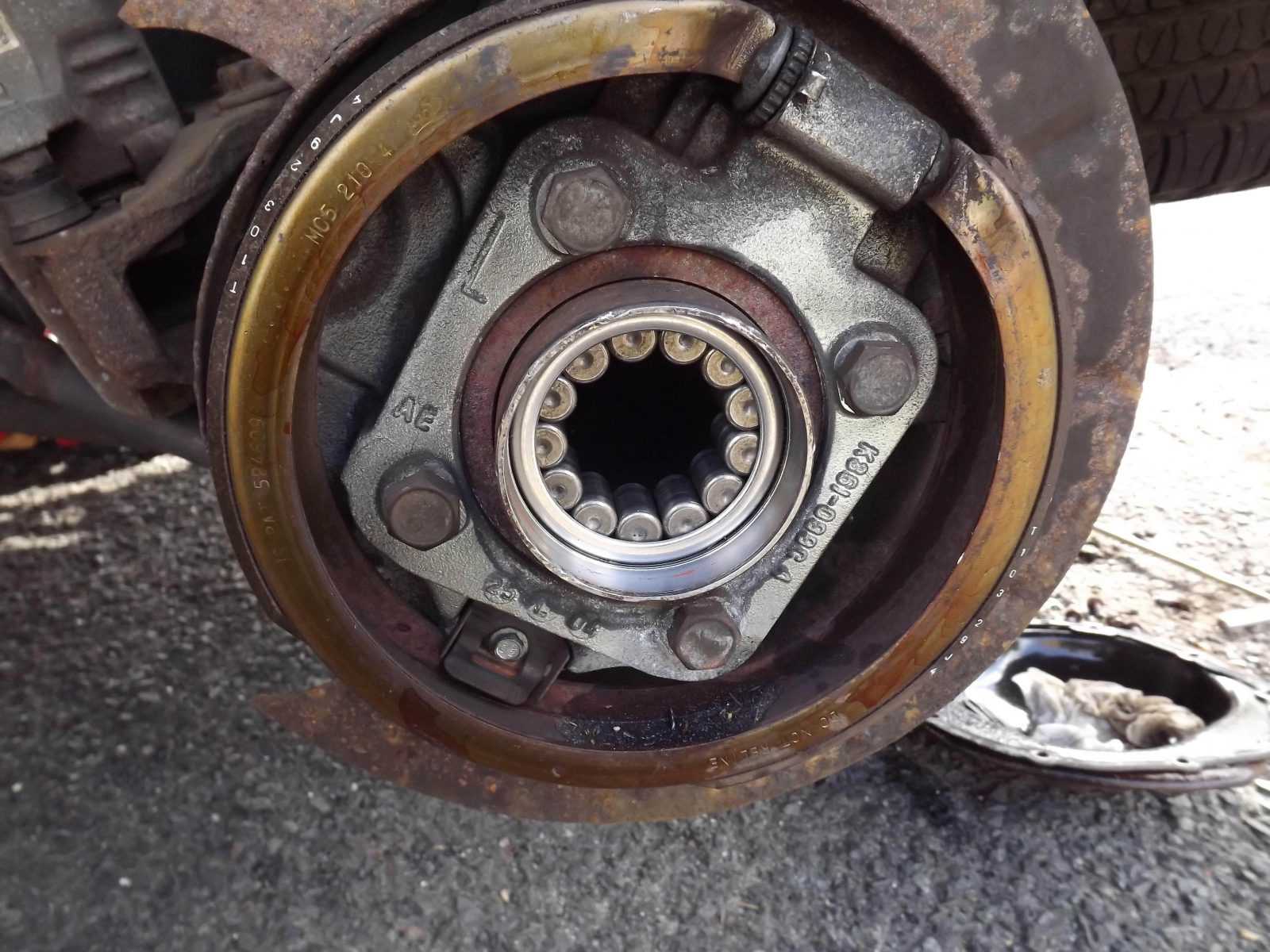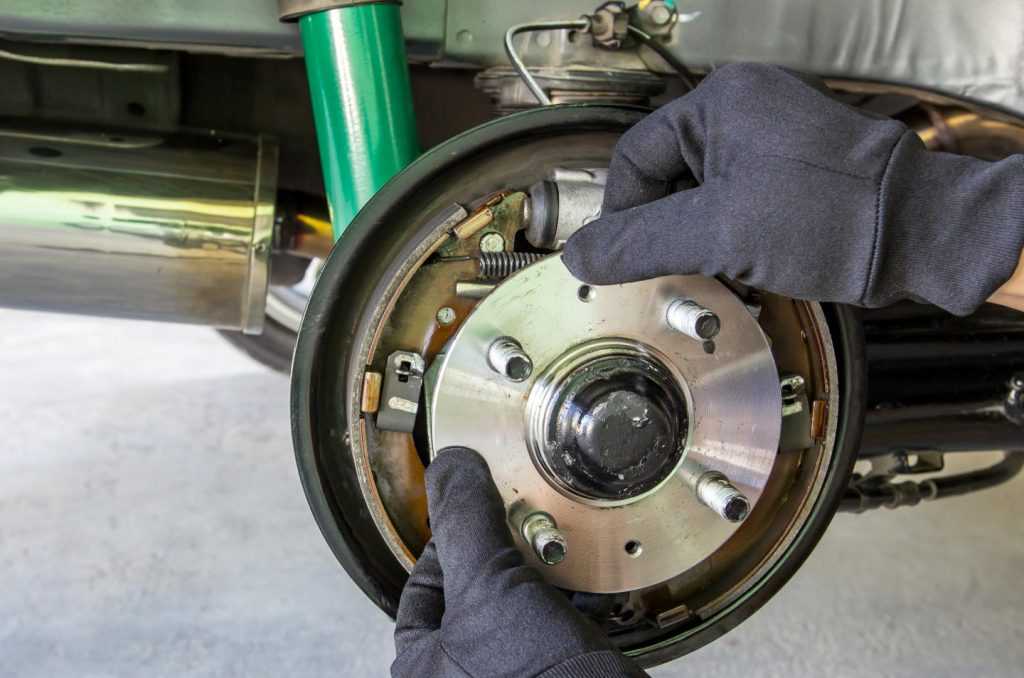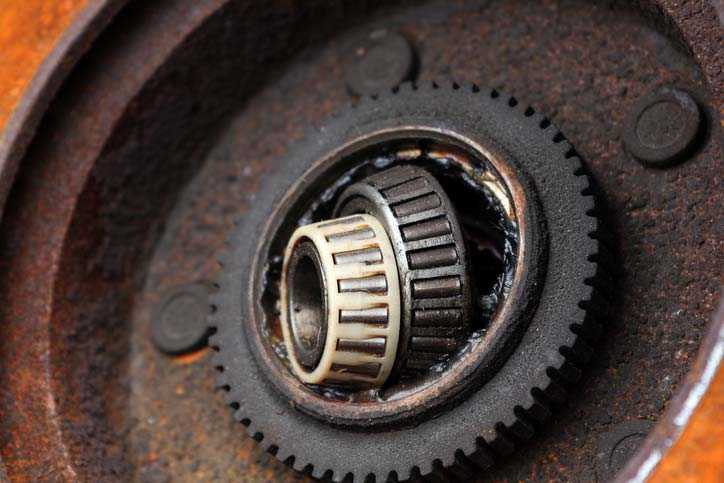Wheel bearings, a part of a vehicle’s wheels, do the job of spinning the wheel freely and with minimal friction. The wheel center has a hub that houses a metal axle shaft. This shaft accommodates the bearings, which are actually a metal ring holding steel balls. These bearings hardly wear out, but you may need to change them at least once during the lifetime of a car. We’re here to discuss how to replace wheel bearing so you can do it in your garage and save some bucks.
Contents
Symptoms of Bad Wheel Bearings
To know the right time of changing wheel bearing, you will need to know the signs of a bad bearing. Unlike other motor components, they don’t have any mileage- or time-bound changing schedule. You will need to replace them only when they deteriorate to the point of not working properly. Wheel bearings may start to wear thin after 75,000 miles. They may last up to 150,000 miles in some cars, but that’s rare.
Bad bearings are likely to create grinding or whirring sounds. It could also be a humming noise that peaks with acceleration. A loose bearing will create a squeaking or growling noise. They also affect the anti-lock braking system (ABS) as the ABS sensors are connected to the tone ring of the bearings. When the bearings don’t function properly, the ABS warning light may come on as the sensors can’t read their movements.

You should not delay the repair of wheel bearings because they affect several components when they wear out.
How to Replace Wheel Bearing: Detailed Explanation
Doing the wheel bearing replacement in your garage means saving mechanic servicing costs. The only caveat is that your hands will be greasy.
Things You’ll Need
- New wheel bearings (of same make and model)
- A car jack
- Wheel chocks
- Rubber mallet, chisel, and hammer
- Socket wrench and screwdriver
- Hand gloves
- Rags
The Process of How to Replace Wheel Bearing
Park the car on a plain surface so that it does not roll to one side. Engage the parking brake, wear gloves, and keep the tools on hand.
Jack up the wheel
Elevate the wheel which bearings you will change. Before doing so, secure other wheels by putting wheel chocks against them. The chocks will go against the front wheels when you are working on a rear wheel, and vice versa.
Lift the wheel off the ground by using the jack, similar to what you do when changing a tire. Don’t place the jack on a plastic part as it may get damaged. Then, detach the wheel by removing its lug nuts.
Detach the caliper
Removing the wheel will expose the brake caliper. Disconnect the caliper-holding bolts with a ratchet and socket. Pull it off with a screwdriver but hook onto the car’s undercarriage. Let it dangling will destroy the brake hose.
SEE MORE
Remove the rotor
You can see the rotor after taking off the caliper. To get access to the bolts and screws holding the rotor, you will need to remove a plastic dust cover. Then, take off the cotter pin, castle nut, and washer, which will give access to the wheel’s outer bearing. Remove that too and then detach the rotor by lifting it from its slot. Tap the rotor gently with a rubber mullet if it feels stuck.
Take the hub off
The bearings are located in the hub, so you need to take it away. Use a slim socket wrench to loosen the bolts and move the hub away from the axle. If you have a new hub assembly, you can just discard the old one and attach the new one. But if you have only bearings, the hub needs to be disassembled to replace the bearings.
To do so, you have to separate the end piece and take off the bolt at the center. Then, move off the races sitting inside the bearing assembly. Better use a hammer and chisel because you will need to apply force to remove these parts. After the removal, clean the grease from the hub assembly.

Install the bearings
Finally, this is the step to install the new bearings. Grease them well before putting into the slots and then set up the new races in their designated place. The bearings have to be in proper alignment to keep the wheel rotation smooth.
Reassemble the wheel
This is how to replace wheel bearing. Once it’s done, put the wheel back together into its place. Repeat all the steps in reverse order. After the assembly is done, lower the wheel and remove the jack. If you want to replace the bearings in other wheels, just follow the steps from the beginning.
How long does it take to replace a wheel bearing? It depends on how skilled you are. Nevertheless, it will definitely take several hours given how many components you need to remove and re-assemble.



